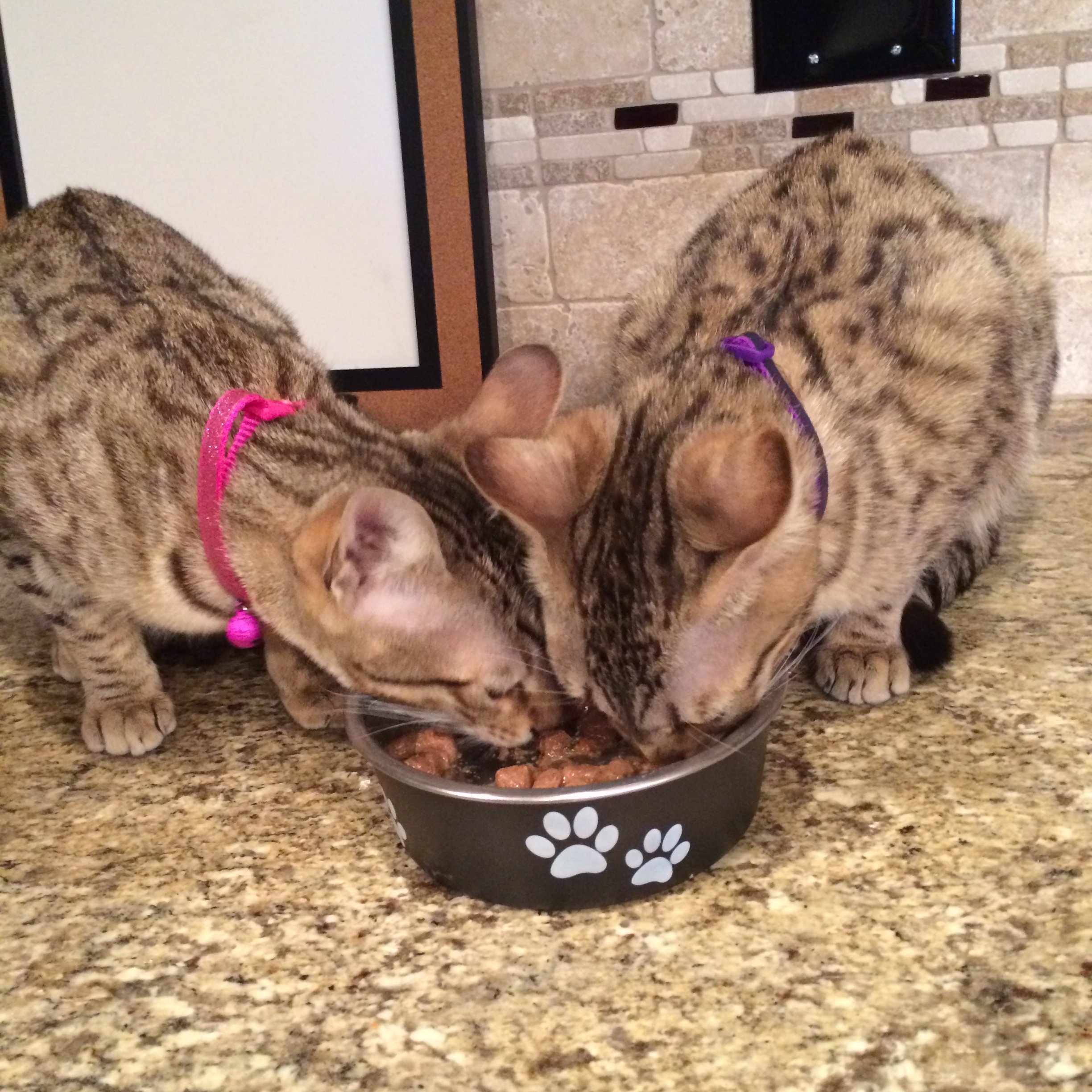Being as mindful as you can about your cat’s diet is one of the most significant responsibilities a petparent can take. The love we feel for our furry friends backs up the belief that quality nutrition is not merely about fewer trips to the vet and lower vet bills but about making an immediate difference to your cat’s overall health and, subsequently, the longevity and quality of life. Still, even the highest-quality bag of kibble can lose its freshness or even go bad completely if not stored appropriately, at which point we end up with upset stomachs, loose stools, food poisonings, and the like. As for the question of what you can do about it, how you can store cat food properly, committing to a quick read of this article is the sign you’re headed in the right direction.
The importance of the ‘best by’ date
It is important that you take a step back and reflect on the importance of purchasing the freshest food bag (or can) on the shelf. We should make a habit of checking the expiry dates and buying the food which expires far in the future. Both wet and dry cat food always have an expiration date, and it is usually stamped on the bottom or the side of the package.
Inspect the packaging before you make a purchase
Also, never forget to examine the food packaging before purchasing it. If the cans are dented, leaking, or bulging, and the bags have any tears, rips, or discoloration on them, then a good storage solution and earning how to store cat food properly will not be of much help at all, as the contents are certain to go bad a lot faster. Therefore, you should inspect each bag or container before taking it home with you to your cat, as any damage on the surface could be a direct indicator that the contents have been exposed and, thus, contaminated. Another good rule of thumb is not purchasing large packages of food, unless you are a proud owner of multiple cats, because like that, you will ensure all of it is fresh when served.
Storing dry cat food
What to protect it from?
The natural antioxidants of your cat’s dry food are meant to preserve food from fat oxidation that destroys the content’s vitamins and causes rancidity. However, once the bag is open, its contents are immediately exposed to environmental elements that accelerate the spoilage through the oxidation of the fats. To make sure that the food keeps its nutritional value and remains fresh, you need to avoid the following:
Exposure to air. Although it is unreasonable to think you can remove all air from an opened package, you can at least protect its contents by keeping it tightly closed. Press on the bag to release as much air as possible before rolling the bag’s top edges and keeping it closed with either a clothespin, tape, or a clip.
Sunlight. Avoid leaving the bag directly under the sunlight because it elevates both the food & temperature, eventually causing it to spoil more quickly, and humidity levels, which is the main culprit for mold.
Hot temperatures. Keep the bags in a cool dark area, away from heat sources, such as the radiators, and preferably in a temperature not higher than 20°C.
Humidity. All dehydrated foods are quick to absorb moisture, so it is essential to keep them safe from all water sources, as moisture absorption might promote the growth of bacteria and fungi.
Pests. It is no secret that food attracts various pests, such as insects and rodents. For this reason, it is highly advisable that you keep them from accessing it.
Where to keep it?
To protect the cat food from the environmental elements and pest infestation, you need to know how to store it properly. You should never throw away its original packaging. It is made of a special material designed to protect the freshness and keep pests away. Therefore, it is the best option to store cat food properly (this especially goes for high-quality food bags) and always keep it tightly closed.
For extra protection, whether in storage or your home, you can put the original packaging inside of a container - most preferably, a glass or porcelain one - and then close it with a lid. Lastly, dry cat food should be consumed 6-8 weeks from the moment you open the bag.
In case your preferred way of shopping for cat’s food is ordering it in larger quantities, then you most probably keep it somewhere outside of your home. Wherever you store it, just remember that this space has to be dry, cool, and away from direct sunlight. And, since garages and balconies belong to a category of uncontrolled environments, climate-controlled storage is your best option.
Storing wet cat food
When closed, canned cat food can retain its freshness for years if you store it in a dry and cool location, like, for instance, your pantry area. On the other hand, it is best to be sure that your cat will eat it at one stroke upon opening because open canned food will spoil very quickly.
If your cat eats only half, you can keep it stored in your refrigerator, but no longer than a day or two. Also, remember to either seal the can in a plastic wrap or use a plastic pet food lid on the top of the can to minimize the effect of air exposure and prevent moisture loss. If you have already poured all of it into a bowl, as far as the nutrition dos and don’ts are concerned, leaving it to sit at a normal room temperature longer than an hour or two is a big no-no.
If wet pet food comes in a bag instead of a can, what your cat doesn’t consume can be left inside if you fold down the bag’s edges, tightly fix it with tape or a clip and then store it in the fridge. Still, it is best that your cat consumes it or that you discard it within the first 24 hours.
We all want to do the best for our pets to ensure they live a happy, healthy and long life. Dental hygiene, vaccinations, regular vet visits are all important. But the diet of our pets is what really makes a difference in their quality of life and what will prevent many health problems.
Click HERE to see what products we recommend or on the links in the article to see where it takes you.
Until our next cat convo


